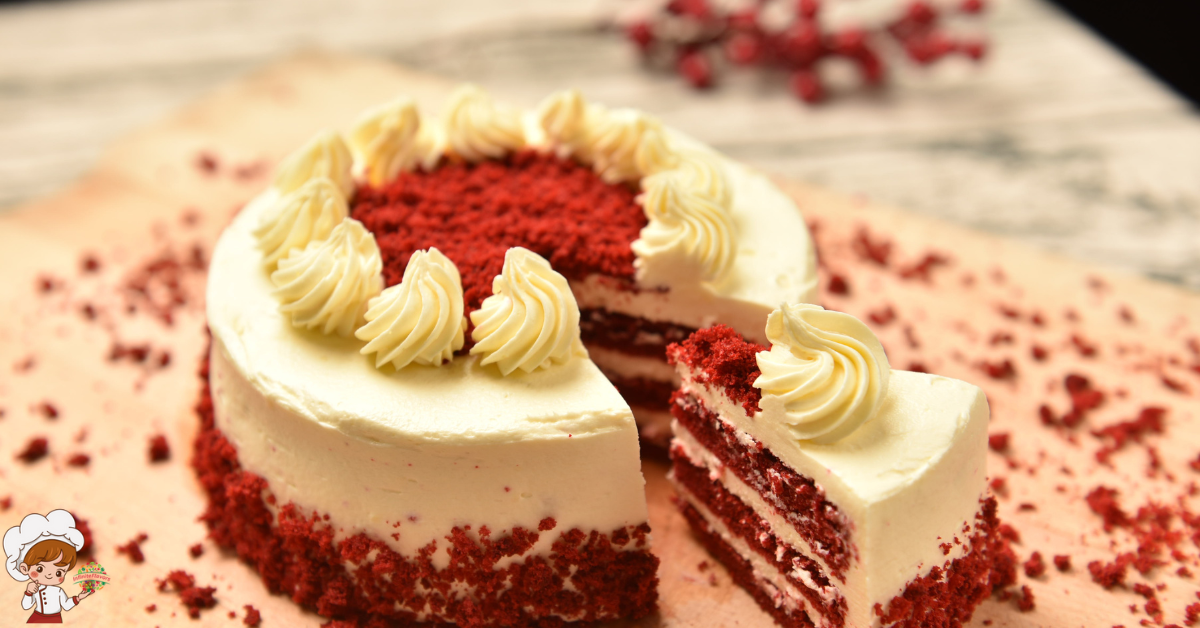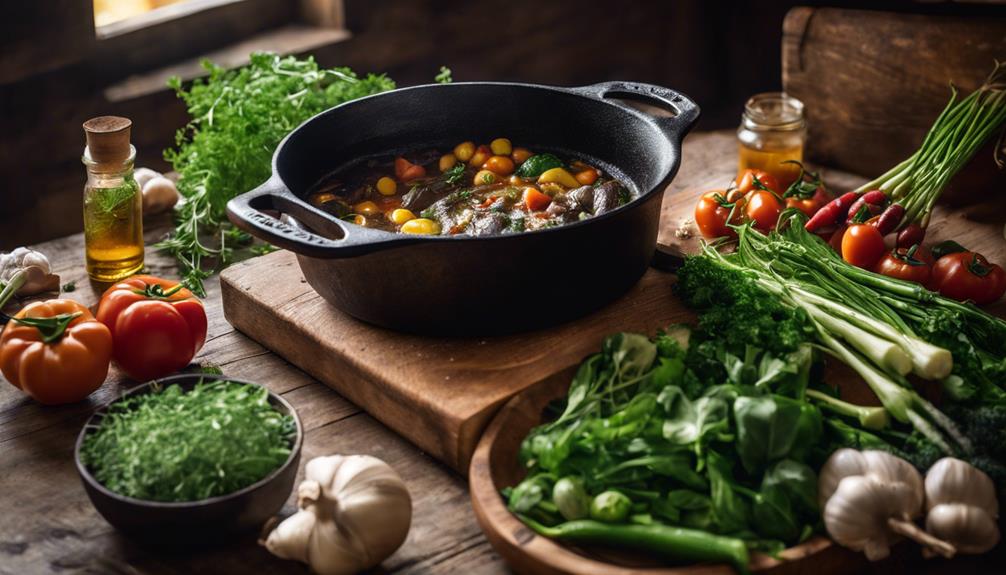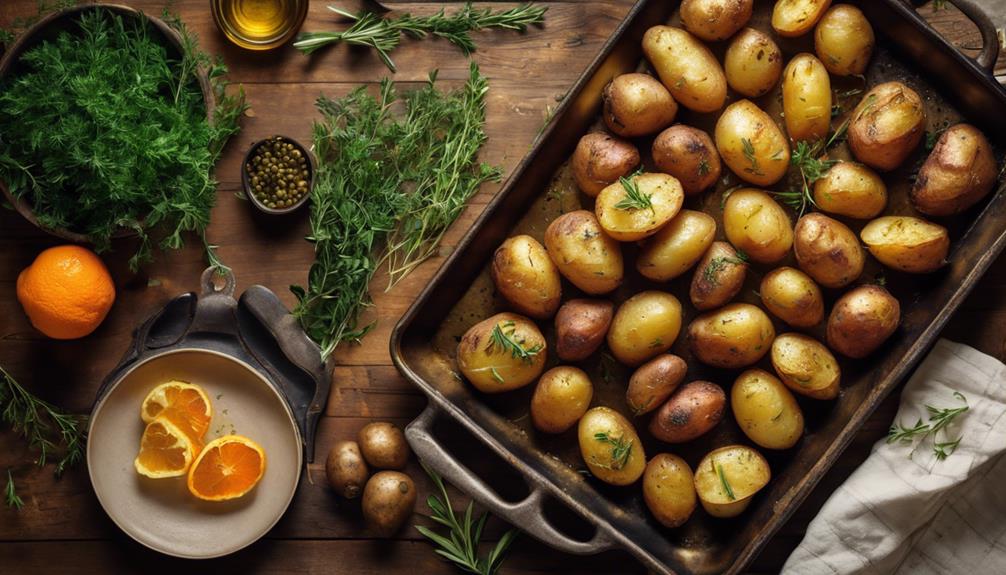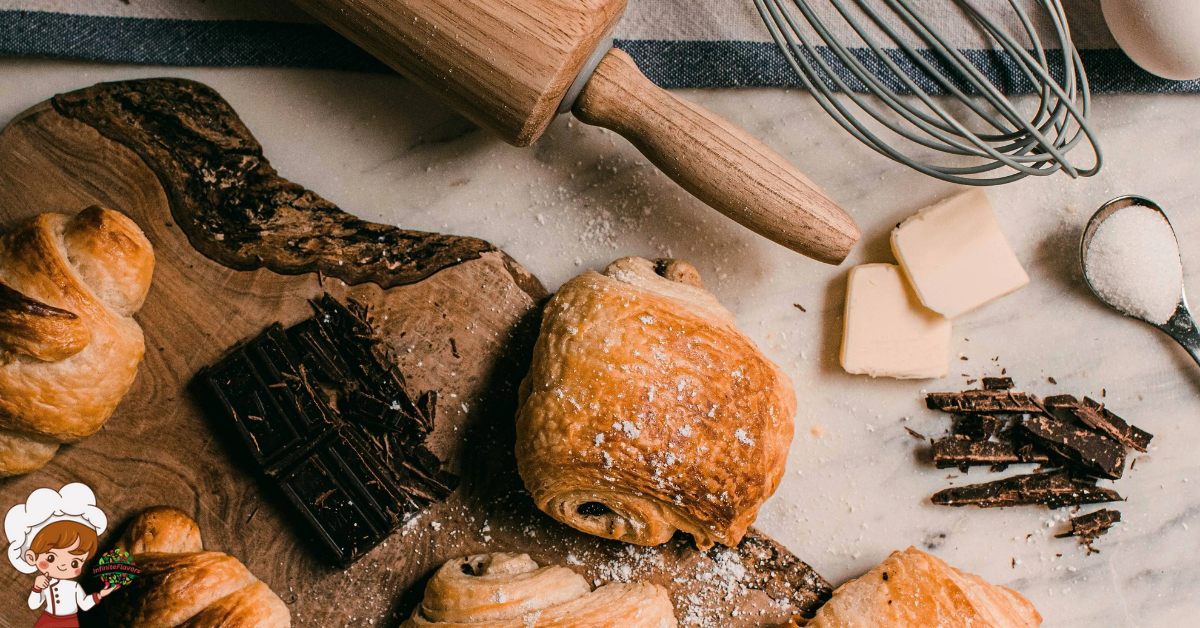How To: Baking Techniques For Moist Cakes

Are your cakes turning out dry and crumbly, leaving you longing for that elusive moistness that makes every bite a delight? Well, fear not, for there are Baking Techniques For Moist Cakes that can help you achieve the moist cakes of your dreams. From properly measuring ingredients to adjusting oven temperature and baking time, there are various methods that can make a world of difference. But that’s not all! There are also surprising ingredients and clever tricks that can lock in moisture and elevate your cake to a whole new level. So, if you’re ready to take your baking skills to the next level, let’s explore these techniques together and discover the secrets behind moist and luscious cakes.
Properly Measuring Ingredients
Are you unsure about how to properly measure ingredients for your moist cakes? Don’t worry, with a few simple measuring tips and understanding ingredient ratios, you’ll be able to achieve perfect results every time. Precise measurements are crucial in baking, as even slight variations can significantly affect the texture and taste of your cakes. To ensure accuracy, it’s essential to use the appropriate measuring tools and follow these guidelines.
Firstly, always use dry measuring cups for dry ingredients like flour, sugar, and cocoa powder. Fill the cup to the top and level it off with a straight-edged utensil. Avoid packing the ingredients down, as this can lead to an excessive amount in your recipe. For liquids such as milk, oil, and water, use a clear liquid measuring cup with marked increments. Place the cup on a flat surface and bend down to check the measurement at eye level for accuracy.
When it comes to ingredient ratios, understanding the proper balance is key. Follow the recipe’s instructions precisely, paying attention to the specified quantities of each ingredient. Changing the ratios can result in a cake that is either too dry or too moist. Additionally, make sure to measure ingredients in the correct order as indicated in the recipe. This is particularly important when it comes to adding dry ingredients to wet ones, as it helps to evenly distribute them and prevent lumps.
Using Oil or Melted Butter
To achieve a moist cake, you can opt to use either oil or melted butter in your recipe. Both oil and melted butter are excellent fats for creating moist cakes. However, they have different properties that can affect the texture and flavor of the final product.
Oil is a popular choice for moist cakes because it has a higher fat content compared to butter. This high fat content helps to retain moisture in the cake, resulting in a tender and moist texture. Additionally, oil has a neutral flavor, which allows the other ingredients in the cake to shine.
On the other hand, melted butter can add a rich and buttery flavor to the cake. However, butter has a lower fat content compared to oil, which means that it may not retain moisture as effectively. To compensate for this, you can add a little bit of extra liquid, such as milk or buttermilk, to the batter when using melted butter.
If you are looking to achieve a moist texture with alternative ingredients, you can consider using applesauce, yogurt, or sour cream. These ingredients can add moisture to the cake while also providing a subtle flavor. When substituting these ingredients, you may need to adjust the other liquid or fat content in the recipe to maintain the desired consistency.
Adding Yogurt or Sour Cream
When incorporating yogurt or sour cream into your recipe, you can further enhance the moisture and texture of your cake. These dairy products are excellent additions that contribute to the overall tenderness and moistness of your baked goods. Yogurt and sour cream contain a high water content, which helps to keep the cake moist during baking. Additionally, they add richness and depth of flavor to your cake.
One alternative to using yogurt or sour cream is substituting with mayonnaise. Mayonnaise, like yogurt and sour cream, contains a high water content and fat content. This combination improves the moisture and tenderness of the cake. When using mayonnaise, make sure to use plain mayonnaise without any added flavors or seasonings. This will ensure that the taste of the mayonnaise doesn’t overpower the other flavors in your cake.
Another substitute for yogurt or sour cream is using applesauce. Applesauce can be used as a replacement for yogurt or sour cream in equal amounts. The natural sweetness of applesauce helps to add moisture to the cake without altering the flavor. When using applesauce, make sure to use unsweetened applesauce to prevent the cake from becoming too sweet.
When adding yogurt or sour cream to your cake batter, it is important to mix it in thoroughly. This ensures that the moisture and flavor are evenly distributed throughout the cake. You can do this by gently folding the yogurt or sour cream into the batter until well combined.
Incorporating Fruit Purees
To achieve moist cakes, incorporating fruit purees can be a game-changer. Fruit purees not only add moisture to the cake batter, but they also infuse it with natural flavors and sweetness. You can even substitute some of the oil or butter in the recipe with fruit puree for a healthier twist without compromising on taste.
Fruit Purée Benefits
You can enhance the moistness of your cakes by incorporating fruit purées. Fruit purées offer several benefits when used in baking. They not only add moisture but also contribute natural sweetness and flavor to your cakes. Additionally, fruit purées can act as substitutes for fat in recipes, reducing the overall calorie content of the cake. This makes them a healthier option for those watching their calorie intake. Another advantage of using fruit purées is that they can improve the nutritional value of your cakes by adding vitamins, minerals, and dietary fiber. Some popular fruit purée substitutes include applesauce, mashed bananas, and pumpkin puree. So, next time you bake a cake, consider using fruit purées to enjoy their many benefits.
Substituting With Fruit
Incorporating fruit purees into your cake recipes not only enhances moistness but also adds natural sweetness, flavor, and nutritional value. Fruit substitutions can be a great way to increase the moisture content in your cakes while reducing the need for excess fats.
When substituting with fruit, it is important to choose fruits that have a high water content and can be easily pureed. Fruits like bananas, applesauce, and pureed prunes can work well as substitutes for moisture in cakes. These fruit purees not only provide moisture but also contribute to the overall flavor profile of the cake. Additionally, they add natural sweetness without the need for additional sugar. Experimenting with different fruit substitutions can lead to moist and flavorful cakes that are both delicious and nutritious.
Using Buttermilk or Milk
When using buttermilk or milk in baking, it is essential to understand their role in creating moist cakes. Buttermilk, with its acidic properties, helps to tenderize the gluten in the batter, resulting in a softer and more delicate cake texture. It also adds a subtle tangy flavor that enhances the overall taste of the cake. Milk, on the other hand, adds moisture and richness to the batter, making the cake tender and moist.
If you prefer not to use dairy products, there are alternative options available. You can use almond milk or coconut milk as substitutes for buttermilk or milk. Almond milk is a popular choice due to its mild flavor and creamy texture. Coconut milk, with its natural sweetness and richness, adds a unique taste to the cake. Just make sure to choose unsweetened versions of these alternative dairy products to maintain the balance of sweetness in your cake.
If you’re looking for non-dairy options, you can explore the use of soy milk or oat milk in place of buttermilk or milk. Soy milk has a similar protein content to cow’s milk, which helps in providing structure to the cake. Oat milk, on the other hand, adds a subtle nutty flavor and a creamy texture to the cake. These non-dairy options can be great alternatives for those with lactose intolerance or following a vegan diet.
Choosing the Right Flour
To ensure the best results in your cake baking, it is crucial to carefully select the appropriate flour for achieving the desired texture and structure. The type of flour you choose can greatly impact the outcome of your cake. There are several flour types commonly used in baking, each with its own characteristics and properties.
The most commonly used flour for cakes is all-purpose flour. It is versatile and works well in a variety of recipes. All-purpose flour is made from a blend of hard and soft wheat, which gives it a moderate protein content. This protein content helps create structure in the cake while still providing a tender crumb.
Cake flour, on the other hand, has a lower protein content than all-purpose flour. This low protein content makes it ideal for creating light and tender cakes. It is finely milled and has a smooth texture, resulting in a delicate crumb. Cake flour is often used in recipes that call for a soft and fluffy texture, such as angel food cake or sponge cake.
If you are looking for a gluten-free alternative, there are several options available. Almond flour, made from finely ground almonds, adds a nutty flavor and moist texture to cakes. Coconut flour, made from dried coconut meat, is another gluten-free option that adds a unique flavor and moisture to cakes.
Mixing Techniques for a Moist Batter
For a moist batter, ensure that the ingredients are thoroughly combined using proper mixing techniques. The way you mix your batter can significantly affect the final texture and moisture level of your cake. There are two primary mixing techniques to consider: mixing and folding.
When it comes to mixing techniques, you can use either the creaming method or the reverse creaming method. The creaming method involves beating the fat, usually butter, with the sugar until it becomes light and fluffy. This process incorporates air into the batter, resulting in a tender and moist cake. The reverse creaming method, on the other hand, involves mixing the dry ingredients with the fat and liquid first. This technique creates a more even distribution of fat, resulting in a denser and moister cake.
In contrast to mixing, folding is a gentler technique that is often used when incorporating delicate ingredients into the batter, such as whipped egg whites or flour. Folding helps to maintain the airiness of these ingredients, which can contribute to a lighter and moister cake. To fold, use a rubber spatula or a large metal spoon to gently lift the batter from the bottom and fold it over the top. Repeat this motion until the ingredients are evenly incorporated.
In addition to proper mixing techniques, using room temperature ingredients is crucial for achieving a moist batter. When ingredients like eggs, butter, and milk are at room temperature, they blend together more easily, resulting in a smoother and moister batter. So, make sure to take your ingredients out of the refrigerator ahead of time and allow them to come to room temperature before mixing.
Adjusting Oven Temperature and Baking Time
Adjust the oven temperature and baking time to ensure your cake is perfectly moist and cooked through. The right temperature and baking time are crucial in achieving a moist cake with a tender crumb. Adjusting these factors can make a significant difference in the outcome of your cake.
Start by adjusting the oven temperature. Most cake recipes call for a temperature of 350°F (175°C), but this may vary depending on your oven. If you notice that your cakes are turning out dry, try lowering the temperature by 25°F (15°C). On the other hand, if your cakes are coming out dense and undercooked, increase the temperature by the same amount. Remember to preheat your oven for at least 10 minutes before placing the cake inside.
Next, consider adjusting the baking time. Follow the recipe’s suggested baking time as a starting point, but keep a close eye on your cake as it bakes. Test for doneness by inserting a toothpick into the center of the cake. If it comes out clean or with a few crumbs clinging to it, the cake is done. If the toothpick comes out with wet batter, continue baking for a few more minutes and test again.
To lock in moisture, consider using moisture-locking techniques such as brushing the cake layers with a simple syrup or soaking them with flavored liquids like fruit juices. These techniques help prevent the cake from drying out during baking and enhance its overall moistness.
Additionally, choose moisture-locking frosting options like cream cheese frosting or buttercream. These frostings have higher fat content, which helps keep the cake moist. Avoid frostings that are too sugary or dry, as they can contribute to a dry cake.
Adding a Sugar Syrup
Consider incorporating a sugar syrup to add moisture and enhance the sweetness of your cake. Adding a sugar syrup to your cake not only helps to keep it moist, but it also infuses it with a burst of flavor. The benefits of using a sugar syrup are plentiful, as it can transform a dry or bland cake into a delectable treat.
One of the main benefits of using a sugar syrup is that it helps to lock in the moisture of the cake. As the syrup is poured over the warm cake, it seeps into the layers, keeping them moist and preventing them from drying out. This is especially useful for cakes that tend to be on the drier side, such as sponge or chiffon cakes.
In addition to its moisture-retaining properties, a sugar syrup can also enhance the sweetness of your cake. By adding a flavored syrup, such as vanilla, almond, or citrus, you can impart a subtle yet delightful taste to your cake. The options for different sugar syrup flavors are endless, allowing you to get creative and experiment with different combinations to suit your personal preference.
To incorporate a sugar syrup into your cake, simply prepare a simple syrup by dissolving sugar in water over low heat until the sugar is completely dissolved. Once the syrup has cooled slightly, you can brush it onto the cake layers using a pastry brush or drizzle it over the cake using a spoon. Be sure to apply the syrup evenly to ensure that each bite of your cake is moist and flavorful.
Storing Cakes to Maintain Moisture
To maintain moisture in your cakes, proper storage techniques are crucial. When storing your cakes, make sure to wrap them tightly in plastic wrap or place them in an airtight container. This will prevent air from drying out the cake and keep it moist for longer periods of time. Additionally, storing cakes at room temperature or in the refrigerator can also help retain moisture.
Proper Cake Storage
To maintain moisture in your cakes, ensure proper storage techniques are followed. Proper cake storage is essential for preventing dryness and preserving the deliciousness of your baked creations. After allowing the cake to cool completely, wrap it tightly in plastic wrap or aluminum foil to protect it from air and moisture loss.
Place the wrapped cake in an airtight container or cake carrier to further shield it from environmental factors. Store the cake at room temperature in a cool, dry place, away from direct sunlight and heat sources. Avoid storing cakes in the refrigerator, as this can cause them to dry out. Additionally, avoid freezing cakes unless necessary, as freezing can affect their moisture content. By following these proper cake storage techniques, you can ensure that your cakes remain moist and flavorful for longer periods.
Moisture-Locking Techniques
To maintain the moisture in your cakes, proper storage techniques are crucial. One effective method is the steaming method. After the cake has cooled completely, wrap it tightly in plastic wrap and then aluminum foil. Place the wrapped cake in a steamer basket and steam it for 10-15 minutes. The steam will help to infuse moisture into the cake, keeping it moist and delicious. Another option is the soaking method.
Using a flavor-enhancing liquid such as simple syrup or a flavored liqueur, gently brush the liquid onto the cake layers before assembling and frosting. This technique not only adds moisture but also enhances the flavor of the cake. Remember to store your moist cake in an airtight container at room temperature or in the refrigerator to maintain its moisture content for longer periods.
Moisture-Locking Frosting and Glaze Options
Consider incorporating a moisture-locking frosting or glaze to enhance the moistness of your cakes. Moisture-locking techniques are crucial in preventing cake dryness and maintaining the desired texture. Frosting and glazes not only add flavor and visual appeal but also help seal in the moisture, ensuring a moist and delicious cake.
One option for moisture-locking frosting is a buttercream frosting. This classic frosting is made by creaming together butter and powdered sugar. The high fat content in the butter helps to retain moisture in the cake, preventing it from drying out. Additionally, buttercream frosting can be flavored with various extracts or melted chocolate to add a burst of flavor to your cake.
Another option is a cream cheese frosting. Cream cheese is naturally moist and creamy, making it an excellent choice for locking in moisture. The tangy flavor of cream cheese pairs well with a wide range of cake flavors, from red velvet to carrot cake. Simply beat together cream cheese, butter, powdered sugar, and vanilla extract until smooth and creamy.
If you prefer a glaze, consider using a simple syrup. This mixture of sugar and water is boiled until the sugar dissolves, creating a sweet and sticky glaze. Brush the syrup onto the cake while it is still warm, allowing it to seep into the cake and lock in moisture. You can also infuse the syrup with flavors such as citrus zest or vanilla extract to add an extra layer of taste.
Baking Techniques For Moist Cakes; Frequently Asked Questions
Can I Replace Oil or Melted Butter With a Different Type of Fat, Like Margarine or Shortening?
You can replace oil or melted butter with margarine or shortening. Margarine and shortening have different properties, so the choice depends on the desired outcome. Coconut oil can also be used as a substitute for butter in cakes.
Can I Substitute Greek Yogurt for Regular Yogurt or Sour Cream in a Cake Recipe?
Yes, you can substitute Greek yogurt for regular yogurt or sour cream in a cake recipe. Greek yogurt is a great alternative to sour cream in baking as it adds moisture and richness to the cake.
Can I Use Fruit Preserves or Jam Instead of Fruit Purees in My Cake Batter?
Yes, you can use fruit preserves or jam as alternatives to fruit purees in your cake batter. They provide a similar flavor and moisture. However, keep in mind that different fat substitutes may be required.
How Can I Make a Cake Moist Without Using Buttermilk or Milk?
To make a moist cake without using buttermilk or milk, try using alternatives like yogurt, sour cream, or applesauce. Additionally, using different types of fats, such as vegetable oil or melted butter, can contribute to a moist texture.
Is It Possible to Make a Cake Moist Without Adding a Sugar Syrup or Using Moisture-Locking Frosting or Glaze Options?
You can achieve moist cakes without using a sugar syrup or moisture-locking frosting or glaze options. Try alternative methods like incorporating natural ingredients or using techniques such as adding fruit puree or yogurt to the batter.
Conclusion
In conclusion, by following these baking techniques for moist cakes, you can ensure that your cakes turn out perfectly moist and delicious. Properly measuring ingredients, using oil or melted butter, incorporating yogurt or sour cream, adding fruit purees, using buttermilk or milk, adjusting oven temperature and baking time, adding a sugar syrup, storing cakes correctly, and using moisture-locking frosting and glaze options are all key factors in achieving moist cakes. By implementing these techniques, you can enjoy moist and flavorful cakes every time.








